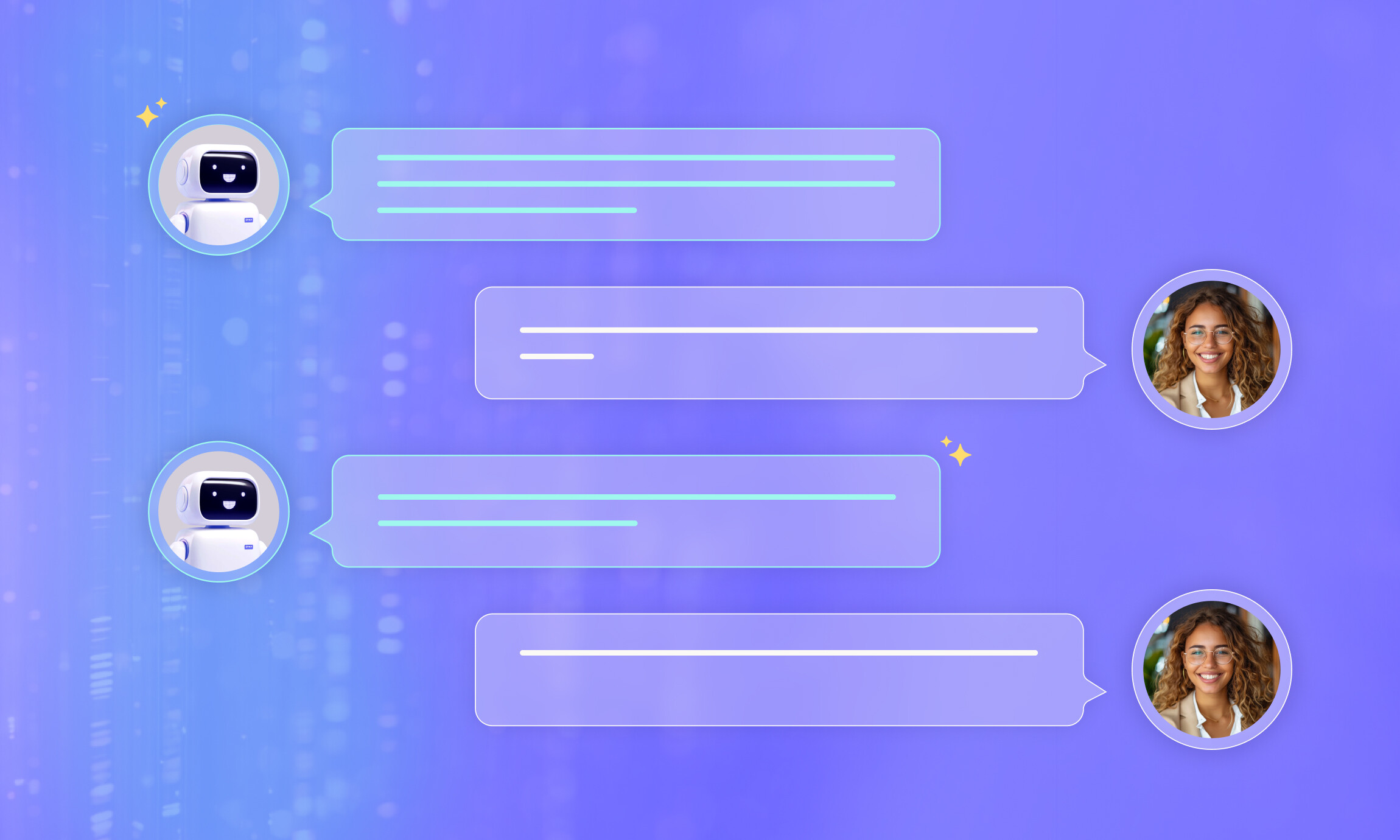
How are APIs evolving in the age of conversational interfaces?

Everyone is talking about AI, and more specifically, about large language models (LLMs). This shift is significant, because for the first time, we are interacting with software not through menus, scripts or rigid inputs, but through natural language. We ask LLMs to draft emails, generate code, solve legal queries and craft marketing strategies, tasks that previously required specialized tools or expertise. The remarkable part is not only what they can accomplish but how naturally we engage with them. Language has become the interface.
This is not merely changing how we use computers: It is fundamentally altering how computers interact with each other.
For decades, digital systems have communicated through APIs (application programming interfaces). An API defines a structured contract, a precise way for one piece of software to request and exchange data with another. In SaaS, APIs have become foundational. They enabled services to connect, scale and remain modular.
When APIs gained traction in SaaS, it marked a revolution. Companies moved away from rigid, monolithic architectures and began stitching together best-of-breed solutions. APIs unlocked composability. This idea, that systems could be flexibly combined, became a business strategy, fueling the rise of the MACH Alliance (notably with an A for API-first in its name) and a new era of digital innovation. Structured interfaces allowed composable architectures to thrive. They created the building blocks for flexibility and growth.
However, APIs are inherently static. They require predefined structures, careful versioning, extensive documentation and constant maintenance. They offer clarity and make software extensible, but one can’t modify them easily to adapt to bigger changes. And in an increasingly dynamic, AI-driven world, static contracts could become limiting.
The question is becoming increasingly clear: If humans can communicate with computers through natural conversation, why shouldn't computers communicate the same way?
Imagine two LLMs collaborating on a task. Instead of relying on a pre-defined API, they dynamically negotiate a shared understanding: Clarifying data needs, adjusting formats and optimizing the interaction based on context.
This is the concept of Conversational Interfaces (CI) — and it is no longer a distant idea. And while it may sound like a break from traditional APIs, it’s better understood as their next evolution. These interfaces are still APIs at their core, structured interactions between systems. The difference is in how they are defined: No longer manually designed, documented and versioned, but discovered and negotiated dynamically by intelligent systems.
Emerging concepts such as Model Context Protocol (MCP) and Agent-to-Agent (A2A) communication hint at this future. But I believe that within two to three years, formal standards will become less relevant. LLMs will define their own interaction protocols, on the fly, based on shared context and intent.
At commercetools, we have built our platform on the strength and discipline of APIs, enabling our customers to scale with flexibility, scale and composability. Reaching the next phase still depends on modular design, accessible data structures, clear boundaries and robust security. These are exactly the foundations that differentiate MACH-native platforms from traditional monoliths. And they will remain essential as we move forward.
Introducing an extensibility layer, such as Commerce MCP, enabling AI agents to reason across a commerce stack, reflects this shift. As digital interfaces evolve, we’re entering a new era of adaptive, real-time coordination, where software collaborates and adjusts without predefined constraints.
This isn’t the end of digital interfaces. But it is the end of APIs as we know them and the beginning of a different paradigm: One where interfaces are dynamic, conversational and no longer human-authored.
Get in touch to learn more about Commerce MCP.